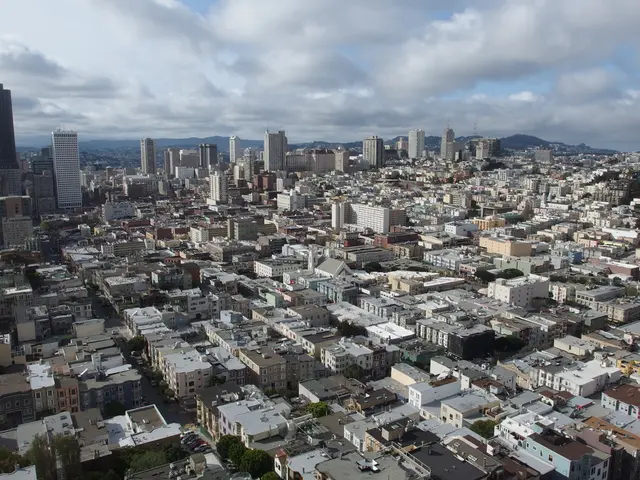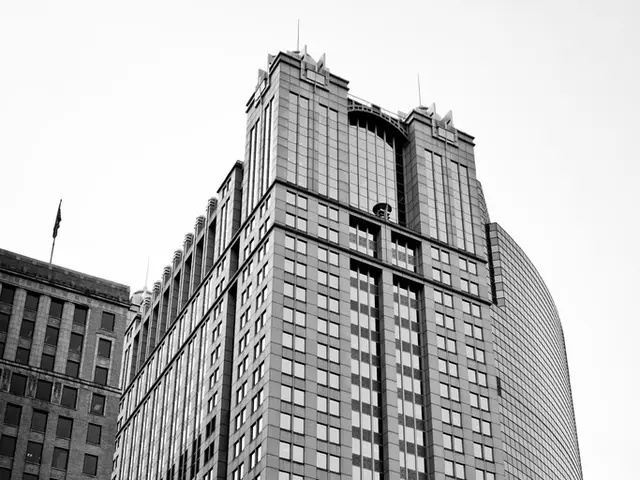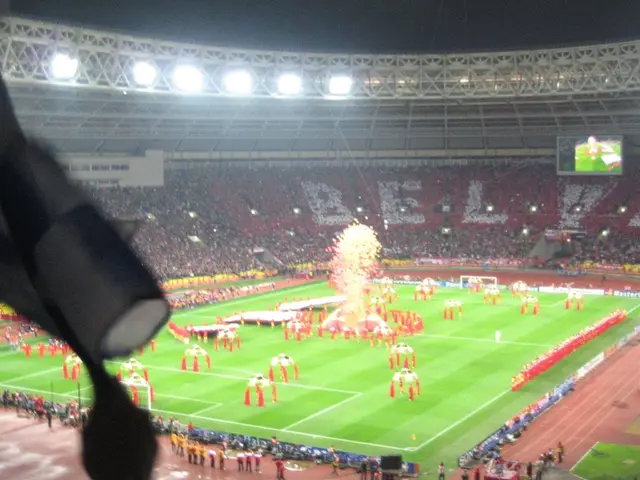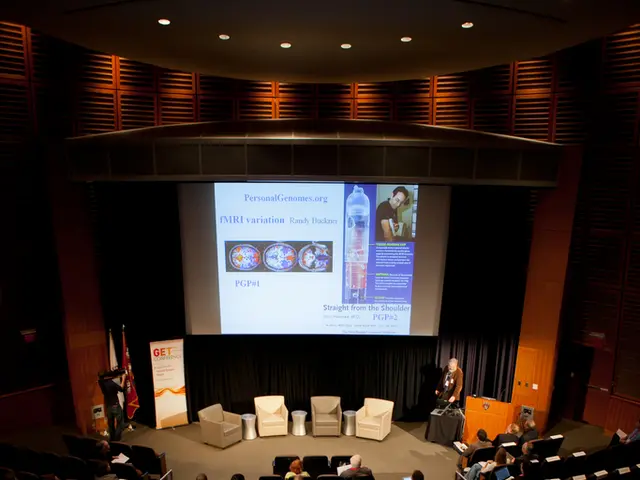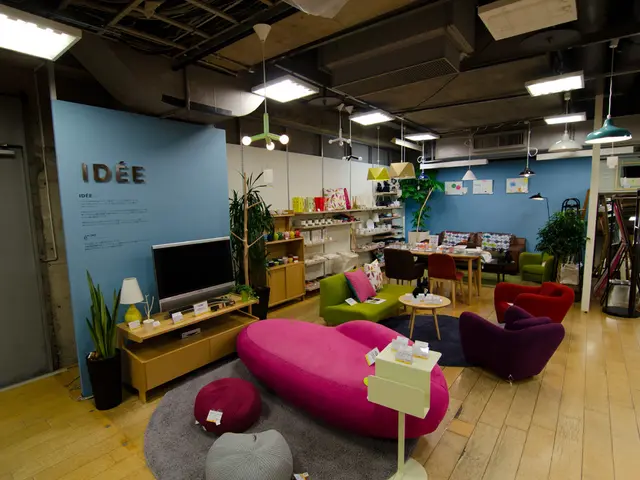Construction Ministries Movement (CMM) plans to construct 75,000 homes on available parking lots.
Unleashing Quarters of Living Spaces in Montreal's Heart
Let's talk about Montreal's potential goldmine—an estimated 75,000 housing units that could sprout in vacant parking lots and commercial zones. These aren't your ordinary spaces; we're talking about shopping centers, massive parking lots, and more, scattered throughout the region.
Marie-Michèle Cauchy, our urban visionary, serves as the director of sustainable and prosperous living environments at the Metropolitan Community of Montreal (CMM). In a chat with La Presse, she bared her reasoning: "It's high time we focused on consolidating what we've got. To safeguard our agricultural zones and natural environments, we must prioritize urban development."
The CMM has zeroed in on 62 strategic locations for these ambitious developments, covering 1,580 hectares—about seven times the size of Mount Royal Park. And here's the kicker: These aren’t isolated, rural sites—all of them are accessible via public transit.
Cauchy eyed a glimpse of the future at the Strategic Forum on Major Projects, organized by the Metropolitan Montreal Chamber of Commerce (CCMM). The topic du jour? Capitalizing on the "untapped potential" of underused sites within the Greater Montreal region, both on the island and in the suburbs.
By the by, Cauchy envisions these once derelict spaces blooming into complete neighborhoods, brimming with parks, schools, offices, stores, cultural institutions, and all the everyday essentials.
However, the final call on the housing-to-development ratio will rest with the cities, regional county municipalities (MRCs), and agglomerations. If the decision-makers decide to prioritize commercial spaces, the housing count could fluctuate.
The proximity to public transit is no coincidence—these neighborhoods would be designed for walkability and active transportation. In fact, the CMM selected sites only located near public transit services, mostly buses or the metro.
The blueprint for this metamorphosis belongs to the Metropolitan Land Use and Development Plan (PMAD), the latest installment of which is expected to be adopted by the Metropolitan Community Council in June. This plan will come into effect at the beginning of January 2026.
So, Montreal needs 3,000 social and affordable housing units per year for the next decade to cater to the growing demand. The CMM is currently working on a comprehensive action plan to achieve these goals and provide municipalities with all the tools required to fast-track progress. The plan could be implemented by the end of 2025, pending a smooth process.
In the long run, the elected officials in Greater Montreal aim to have social and affordable housing represent 20% of all rental housing in the region by around 2046. The current housing situation is dire: more than a quarter of tenant households face housing affordability issues.
On Montreal Island alone, the Plante administration is planning to construct 160,000 non-market housing units by 2050, outsmarting real estate speculation by streamlining land sales to non-profit organizations (NPOs). These NPOs will purchase sites from the City through a real-time map, with most land coming from the municipal land reserve or acquired through the By-law for a Mixed Metropolis (RMM). However, some sites acquired via pre-emption might need to be sold at a market price.
References:1. Toronto's Intensification Bonus2. National Trust for Historic Preservation: Adaptive Reuse
- The Metropolitan Community of Montreal (CMM) is planning to develop over 75,000 housing units in vacant commercial zones, prioritizing urban development to protect agricultural zones and natural environments.
- Marie-Michèle Cauchy, the director of sustainable and prosperous living environments at the CMM, aims to transform these derelict spaces into complete neighborhoods with parks, schools, offices, stores, cultural institutions, and essential amenities.
- The selected sites for these ambitious developments are all accessible via public transit, promoting walkability and active transportation.
- Cauchy discussed capitalizing on the "untapped potential" of underused sites within the Greater Montreal region during the Strategic Forum on Major Projects organized by the Metropolitan Montreal Chamber of Commerce (CCMM).
- The housing-to-development ratio will be decided by the cities, regional county municipalities (MRCs), and agglomerations, which could potentially prioritize commercial spaces, affecting the housing count.
- The blueprint for this redevelopment is the Metropolitan Land Use and Development Plan (PMAD), which aims to provide municipalities with tools to fast-track progress and achieve the goal of social and affordable housing representing 20% of all rental housing in the region by around 2046.


